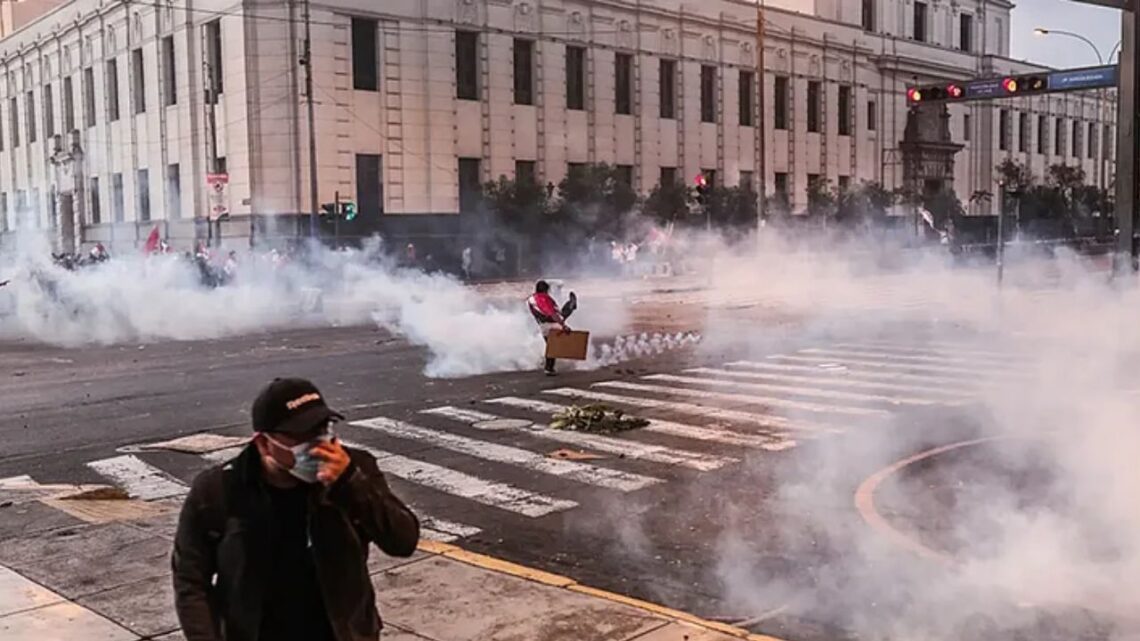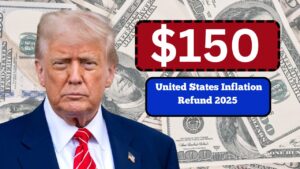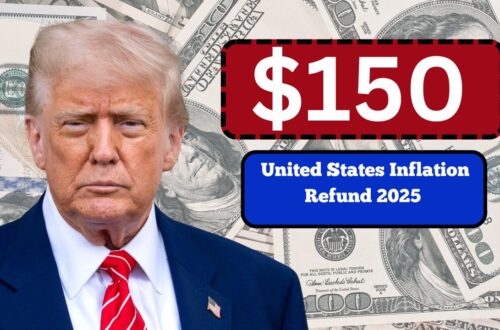Peru’s capital, Lima, has spiraled into violent unrest as thousands of Gen Z protesters, unions and civil society groups confront police and demand accountability from the newly formed government.
The demonstrations erupted a few days after the removal of President Dina Boluarte and the inauguration of José Jerí as interim president.
The streets echoed with chants demanding the dissolution of Congress, a new constitution, and answers on corruption, crime, and governance.
The clashes grew fierce: security forces responded with tear gas, and one protester was killed amid the chaos while over 100 people suffered injuries. As the political crisis deepens, Jerí comes under intense pressure to resign or make meaningful reforms.
Causes & Catalysts
Multiple interwoven grievances set the stage:
- Political instability. Dina Boluarte was ousted by Congress after soaring public discontent and accusations of failing to handle the crime surge.
- Youth frustration. Gen Z—disillusioned with corruption, inequality, and lack of opportunity—led protests calling for structural change.
- Surging crime and extortion. Peru has seen a sharp increase in violent crime, racketeering, and gang influence, eroding public confidence in security forces.
- Demand for systemic reset. Protesters are not just opposing Jerí—they want sweeping reform: new constitution, accountability for past abuses, and a Congress unshackled from elite interests.
Key Figures, Events & Timeline
| Item | Detail |
|---|---|
| Protester killed | Eduardo Mauricio Ruiz, 32, shot during protests in Lima |
| Injured count | Over 100 people wounded (civilians, police, journalists) |
| Clashes location | Primarily near Congress in Lima, but protests spread nationwide |
| Tactics used by police | Tear gas, crowd dispersal, use of barriers, forceful tactics |
| Protest methods | Fireworks, stone-throwing, sit-ins, barricades |
| Date of Jerí’s assumption | Sworn in shortly after Boluarte’s ouster |
| Main demands | Resignation of Jerí and Congress, dissolution of Congress, new constitution |
| Jerí’s stance | Refuses to resign; pledges to stabilize and fight crime |
| Political backdrop | Congress removed Boluarte citing “moral incapacity” |
Escalation & Clashes
On the night of major protests, thousands converged near Lima’s Congress. Demonstrators chanted slogans like “Everyone must go!” as they attempted to breach security barriers.
Volcanoes of tension unfolded—fireworks and stones flew from protesters; police retaliated with tear gas, pushing crowds back.
Amid the clash, Eduardo Ruiz was fatally shot. The chain of events remains under investigation, including who fired the fatal shot. In total, more than 100 individuals were incapacitated by injuries, among them civilians, law enforcement personnel, and reporters.
Despite the violence, Jerí refused to step down.
He defended his position, insisting the government needed to hold firm to restore order, though he faced urgent calls from protest organizers for new elections, institutional reset, and a break from Peru’s cycle of unstable governments.
The Role of Gen Z & Youth Activism
What distinguishes these protests is the visible role of Generation Z—young people born in the late 1990s and early 2000s—leading the streets. Social media platforms helped mobilize, coordinate, and amplify messages of justice, anti-corruption, and structural transformation.
Many youths see the demonstrations not as episodic but as part of a wider fight to remake politics from the bottom up.
In their view, this isn’t just resistance—it’s an assertion of agency, a demand that future leaders reckon with the failures of the past.
Risks, Outcomes & Stakes
- Escalating violence. As protests continue, the possibility of more deaths and injuries looms.
- Government legitimacy in question. Jerí’s refusal to resign may further erode his credibility.
- Potential for institutional reform. If the movement sustains pressure, legal or constitutional changes may be forced.
- Polarization intensifies. Rural/urban, youth/elder, and institutional elites may diverge further.
The confrontation in Peru signals more than a momentary political crisis—it underscores a generational rupture. Gen Z protesters are pushing not merely for a change in leadership, but for a wholesale reset of governance, accountability, and representation.
As tensions mount, the stakes couldn’t be higher: will Peru respond with reform, repression, or collapse into deeper instability? The answer may shape Latin America’s political future for years to come.









